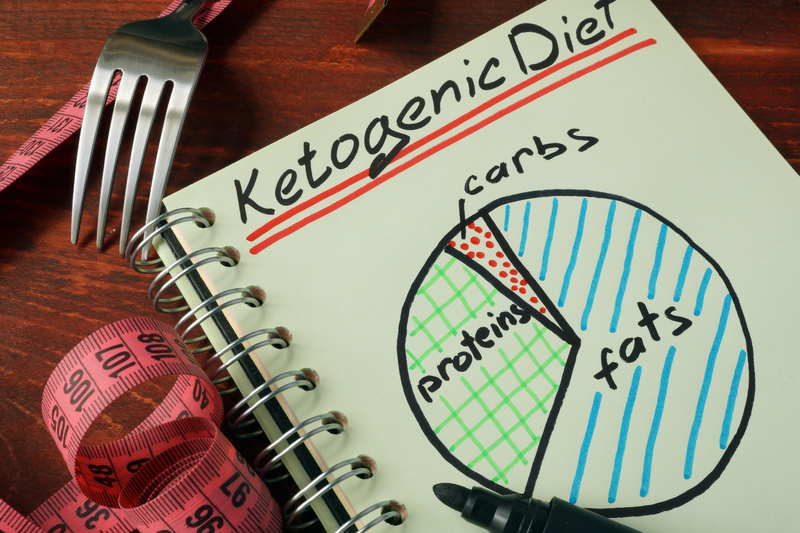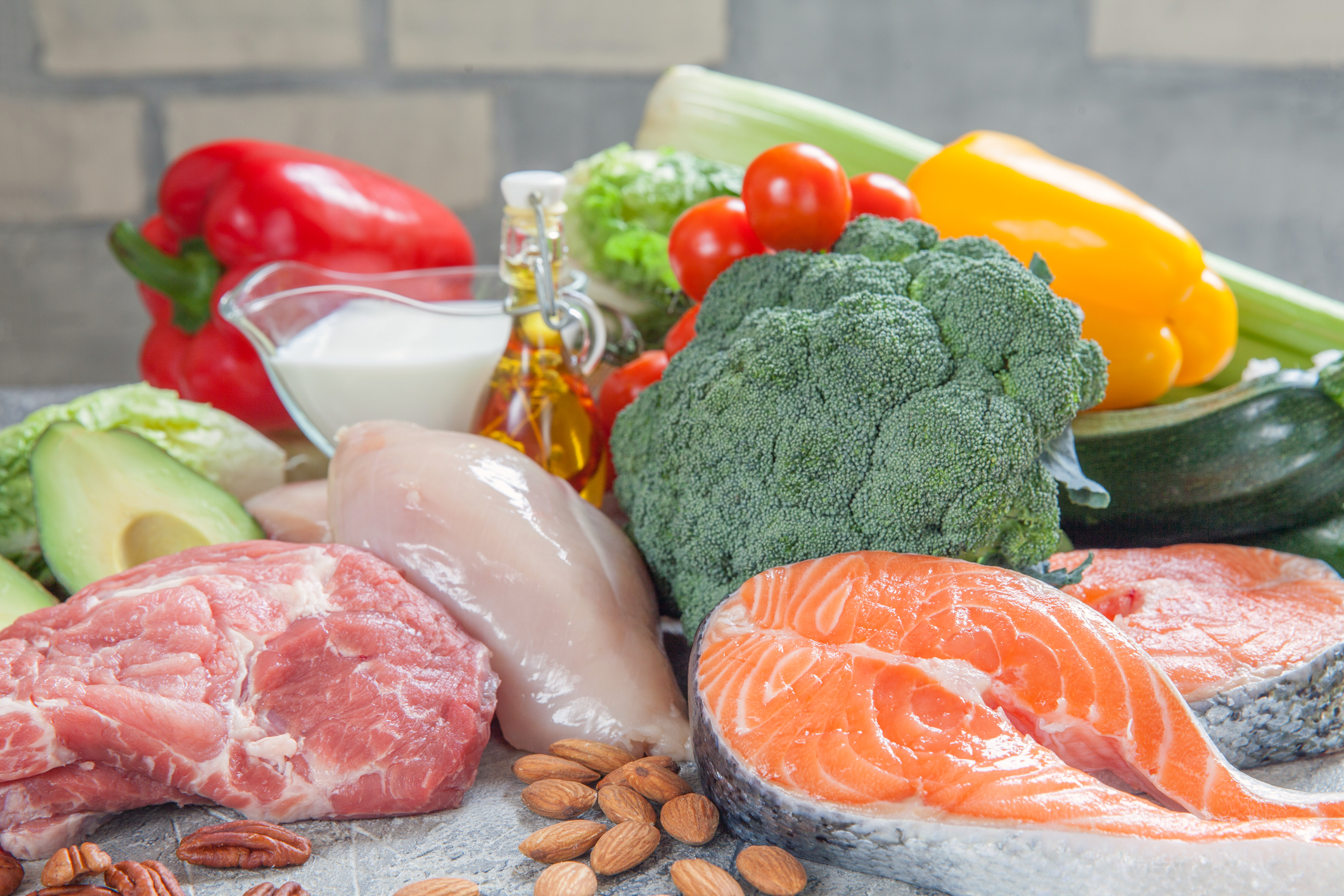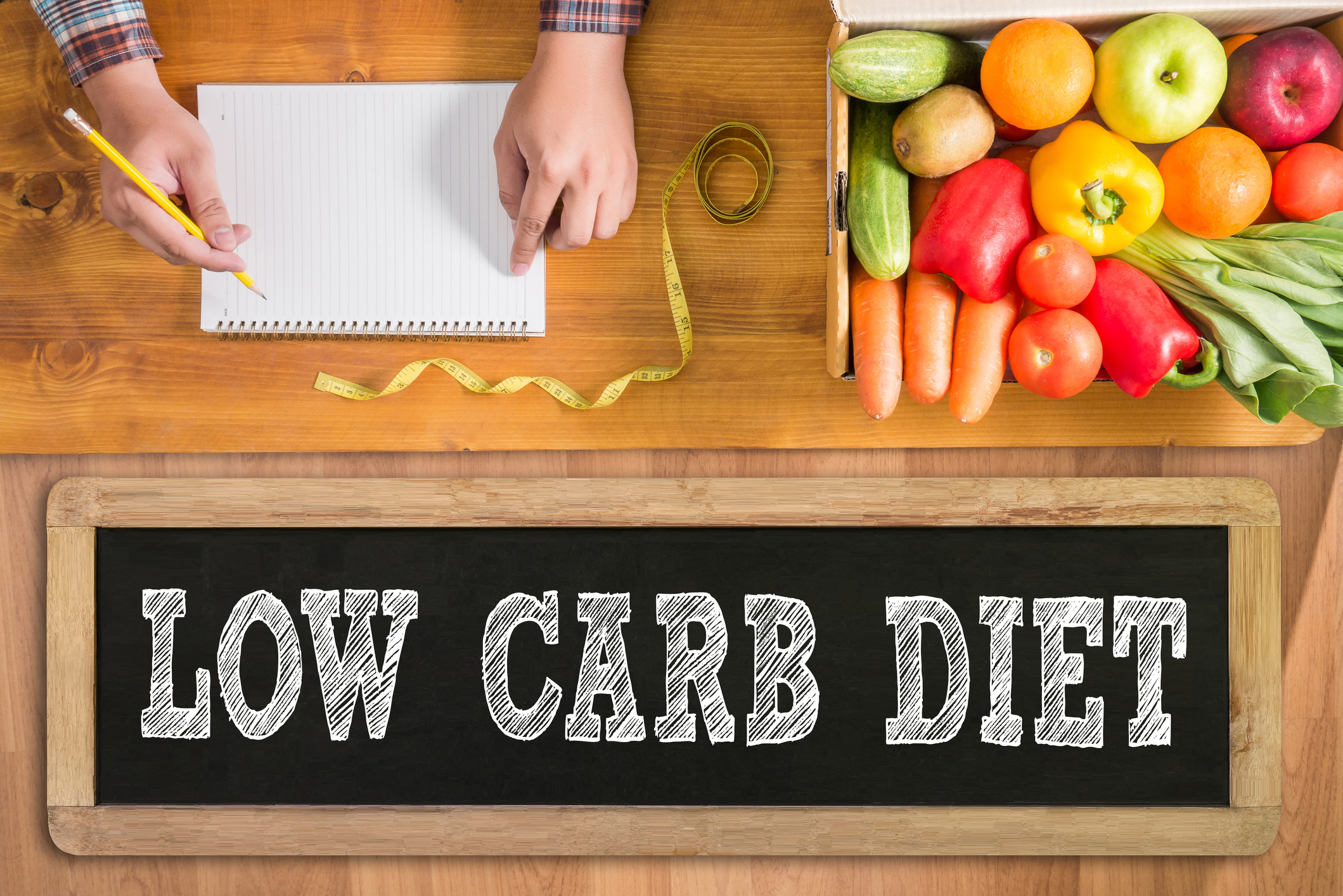A Comprehensive Guide To The Ketogenic Diet - The New Way To Effectively Lose Weight
Different dietary strategies for weight loss rise and fall in popularity. One of the most popular diet crazes of this decade is the ketogenic diet or the keto diet. Fans of this diet claim that it is an easy way to shed the excess pounds without having to count calories or ever feel excessively hungry. What does the ketogenic diet consist of, and does it really work? Learn all the essential basics of this diet the flies in the face of mainstream weight loss advice repeated throughout the past few decades.
What Is The Ketogenic Diet?

The ketogenic diet is a low-carbohydrate, adequate-protein, and high-fat diet. It was originally used to relieve difficult-to-treat epilepsy in children. The ketogenic diet is very effective for reducing seizures; however, the popularity of the ketogenic diet for epilepsy treatment greatly declined after the development of effective anticonvulsant medications. Today, the ketogenic diet is mostly promoted for its ability to help people reach a healthy weight. The ketogenic diet is the polar opposite of the high-carb, low-fat diet that has been recommended for weight loss since the 1980s, which discourages many people from trying the diet. Past diet trends make it seem counter-intuitive. There is much research to suggest that the high-fat ketogenic diet is extremely beneficial to the body despite widespread beliefs that eating a lot of fat is harmful.
How Does The Ketogenic Diet Promote Weight Loss?

The ketogenic diet changes the way the metabolism works. Specifically, it causes the body to enter a state of ketosis. In a nutshell, ketosis is the state in which the body burns fat for fuel. During normal metabolism, carbohydrates in food are converted into glucose, which is then used as the body's primary energy source. But, when the body enters ketosis due to a very low carbohydrate intake, the main characteristic of this diet, the body is forced to switch over to burning fat instead. When the body is in ketosis and therefore burning excess fat for fuel, the need to eat food is greatly reduced, thereby reducing appetite. Plus, the increased protein and fat intake keep the dieter fuller, longer. Keto makes it simple and easy to eat less and lose weight.
Does The Ketogenic Diet Have Other Health Benefits?

Using the ketogenic diet for weight loss has many other secondary benefits that are well-documented in medical research. This diet helps keep blood sugar very stable and can lead to a major improvement in type 2 diabetes even without factoring in weight loss. It helps cut down visceral fat, which is the fat surrounding the abdominal organs. This type of fat is more closely linked to heart disease than body fat in other locations. The ketogenic diet often reduces blood triglycerides, reduces hypertension, and increases "good" cholesterol in people who adhere to it. Lastly, people who follow the keto diet very frequently report very stable and high energy levels, along with improved mental performance and mental clarity.
What To Eat On The Ketogenic Diet?

On any given day, people on the ketogenic diet plan will eat just enough meat, fish, poultry, tofu, or eggs to get enough protein, and no more. They will eat a few servings of low-carbohydrate, high-fiber vegetables. The rest of the food they eat will be high-fat foods like oils, cheeses, heavy cream, and nuts. Additionally, most people who practice keto keep track of their daily net carb intake to be absolutely sure they do not exit ketosis. Net carb intake means carbohydrate intake minus dietary fiber intake; in order words, net carb intake is the intake of digestible carbs. Since the diet is about carbohydrate intake as a whole, very small portions of moderate-carb foods like berries and extra-dark chocolate can be acceptable.
How Does One Eat Well On The Ketogenic Diet?

Under the ketogenic diet, the carbohydrate-rich foods that make up the bulk of the standard American diet become off-limits. This can produce a feeling of restriction and austerity that requires a little creativity to get around. Those interested in starting the ketogenic diet can research ketogenic recipes and low-carb food replacements. For example, pasta can be replaced with spiralized zucchini for a similar taste and texture, while rice can be replaced with finely diced cauliflower. Learning how to incorporate rich herbs and spices is another way to regain some of the pleasure from eating that may be lost when one's favorite carb-heavy foods are forbidden. Unfortunately, some foods have no real low-carb replacement. Some people may have to learn to like different foods than they normally enjoy or at least adopt a healthy degree of tolerance to be successful on the keto diet.
Is There An Adjustment Period For The Ketogenic Diet?

Those versed in diet jargon may have heard of the term "induction phase" for low-carb diets. The keto diet indeed has an induction phase, colloquially referred to as the "keto flu", by practitioners. This induction phase consists of flu-like symptoms such as fatigue, headache, and muscle cramps. These side effects often act as a deterrent to people trying out keto for the first time; however, if the diet is adhered to properly, the symptoms will decline in a matter of days or perhaps a couple of weeks. The symptoms can be reduced further by supplementing with electrolytes including potassium, sodium, and magnesium. It is often necessary to continue supplementing electrolytes for the duration of the diet.
Does The Ketogenic Diet Require Counting Calories?

Keto foods are highly satiating; in other words, they make the dieter feel full quickly and stay full for a long time. When the human body has entered ketosis and has fully adjusted, appetite goes down substantially as the body is burning up its fat stores for energy. Eating at a caloric deficit becomes effortless on this diet, so calorie counting is not necessary for most dieters. In rare cases, some dieters may retain overeating patterns even after they have adjusted to ketosis and will need to track their caloric intake to lose weight effectively. Some people also choose to count calories while on the keto diet because it helps to make weight loss more predictable, or because they simply prefer the element of control.
Are There Any Disadvantages To The Ketogenic Diet?

Eating a ketogenic diet can have some unpleasant side effects during the adjustment period, including strange-smelling breath, muscle cramps, fatigue, or difficulty concentrating. However, the adjustment period ends and so do these side effects. Another disadvantage of the ketogenic diet is that certain groups of people may find it difficult to adhere to. Eating a vegan or vegetarian ketogenic diet is extremely restrictive in the variety of foods it includes and is therefore undesirable. Since common keto foods such as meats and cheeses are much more expensive than high-carbohydrate foods like bread and pasta, the ketogenic diet can be very difficult to afford on a limited budget. Lastly, those who lack regular access to kitchen appliances may find this diet difficult to maintain.